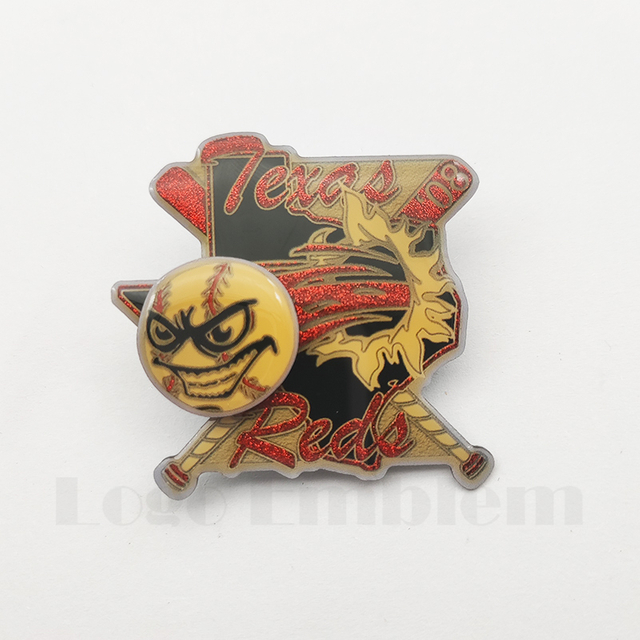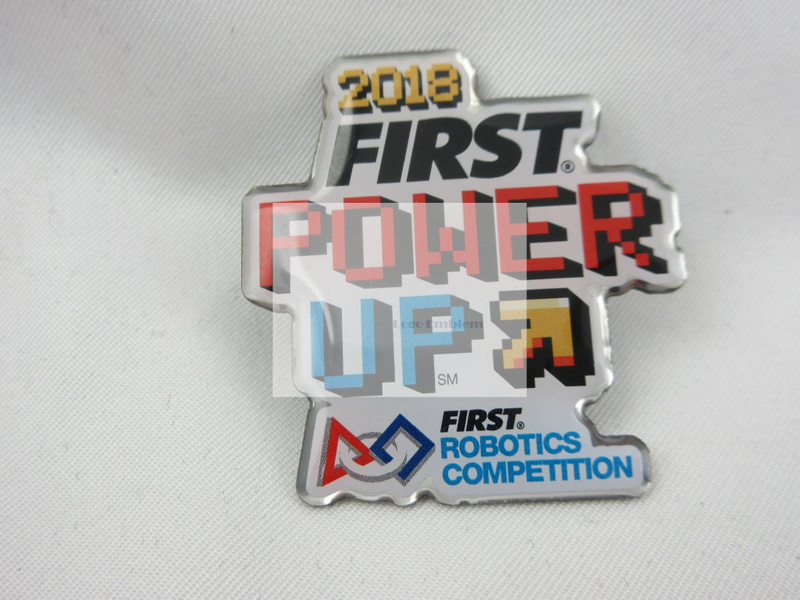Have you ever wondered why Military Lapel Pins are so important? These small, symbolic pins carry deep meaning for military personnel, veterans, and their families. They represent honor, pride, and achievement in the service.
In this article, we’ll explore the significance of Military Lapel Pins, how to wear them, and their historical origins. You’ll also learn about the five branches of the military and how to customize your very own pins. Whether you’re new to Military Lapel Pins or want to understand their deeper meaning, this guide will help.
1. The Significance of Military Lapel Pins
Military Lapel Pins serve as symbols of pride and honor. They are more than decorative items; they represent a connection to military service, achievement, and sacrifice. Many military personnel wear these pins to show their affiliation, rank, or to commemorate specific actions or achievements.
Purpose and Meaning
Pride: Military Lapel Pins are worn to show pride in military service or support for military personnel.
Recognition: They recognize significant achievements, such as bravery, long service, or wartime contributions.
Commemoration: Some pins honor fallen soldiers, prisoners of war, or those missing in action.
Camaraderie: They help create a sense of unity among military members, both active and retired.
2. The Historical Origins of Military Lapel Pins
The tradition of Military Lapel Pins dates back to the Civil War in the 1860s, where pins were used to identify military units and regiments. They served as a practical method of identifying soldiers in the field.
However, by World War I, Military Lapel Pins had evolved into symbols of service and recognition. These early pins, often made from brass, were awarded for bravery, distinguished service, and achievements on the battlefield.
Over the years, Military Lapel Pins became more intricate, incorporating designs that reflected the uniqueness of different military branches and units. Today, they represent personal and collective pride and are worn by active-duty personnel, veterans, and their families.

3. The Five Branches of Military Lapel Pins
Each branch of the U.S. Armed Forces has unique Military Lapel Pins that represent affiliation and honor. These pins serve as identification and pride symbols for service members and veterans.
Army Military Lapel Pins
The U.S. Army is the oldest branch of the military, established in 1775. Army pins often feature symbols such as the star or eagle, signifying leadership and strength. Army pins can denote rank, unit affiliation, or specific achievements, such as the Combat Infantry Badge.
Navy Military Lapel Pins
The Navy was founded in 1775, and Navy pins frequently feature the eagle with outstretched wings, symbolizing vigilance. These pins are awarded for distinguished service, rank, and achievements, such as the Navy and Marine Corps Commendation Medal.
Marine Corps Military Lapel Pins
Founded in 1798, the Marine Corps is known for its tough standards and battlefield expertise. Marine Corps pins typically feature the Eagle, Globe, and Anchor, representing global readiness. These pins are worn to show pride in the service and to commemorate military accomplishments.
Air Force Military Lapel Pins
Established in 1947, the Air Force pins often display the Arnold Wings emblem, symbolizing aviation leadership. Air Force pins are awarded for specific feats in aviation and air warfare, such as the Air Force Achievement Medal.
Coast Guard Military Lapel Pins
The Coast Guard protects U.S. maritime interests. Its pins commonly feature crossed anchors or other nautical symbols, representing strength and maritime expertise. Coast Guard pins are worn to show affiliation, rank, and notable achievements.

4. How to Wear Military Lapel Pins
Proper etiquette is important when wearing Military Lapel Pins. Here’s how to wear them with respect:
Where to Wear Your Pin
Left Lapel: Most Military Lapel Pins are worn on the left lapel of a suit or jacket, close to the heart.
Formal Wear: For formal occasions, such as military ceremonies or public events, the pin is typically placed on the left lapel of a suit or tuxedo.
When to Wear the Pin
Military Ceremonies: Military Lapel Pins are often worn during special ceremonies like promotions, retirements, and military funerals.
Commemorative Days: Veterans and military personnel wear these pins on holidays such as Veterans Day and Memorial Day to honor service members.
Public Events: It’s common to wear Military Lapel Pins during community events, meetings, or when interacting with others in public to show pride in service.
5. How to Customize Military Lapel Pins
You can create Custom Military Lapel Pins to reflect your service or group. Here are some key considerations:
Design: The design should represent your unit, organization, or personal achievements. You can incorporate symbols, logos, or even mottos.
Material: Pins are typically made from brass, Zinc Alloy, or other metals that are durable and allow for intricate details.
Enamel Colors: Add color to your pins with soft enamel or hard enamel finishes. Hard enamel pins have a smooth finish, while soft enamel pins are slightly raised and textured.
Size and Shape: Pins typically range from 0.5 inches to 1.5 inches in diameter. Choose the size that fits your design, and opt for custom shapes if desired.
Production: Once you’ve finalized your design, work with a reputable company like Logo Emblem to bring your Custom Military Lapel Pins to life.

Conclusion
Military Lapel Pins are more than just small decorative items—they are emblems of service, achievement, and pride. From the rich history of their origins to their current use as symbols of recognition, these pins hold deep meaning for those who wear them. Whether you’re part of the Army, Navy, Marine Corps, Air Force, or Coast Guard, Military Lapel Pins help you show your pride and commemorate your service. If you’re looking to create your own Custom Military Lapel Pins, Logo Emblem offers high-quality products designed to meet your needs. Visit us today to get started.
FAQ
Q: What are Military Lapel Pins used for?
A: Military Lapel Pins are worn to represent pride, rank, and recognition in military service. They symbolize achievements, affiliation, and sacrifices made by military personnel.
Q: How do I wear a Military Lapel Pin?
A: The pin should be worn on the left lapel, near the heart. It’s typically worn during formal events, military ceremonies, or public gatherings to show respect for military service.
Q: Can I create Custom Military Lapel Pins?
A: Yes, you can design and create Custom Military Lapel Pins to reflect your unit, achievements, or branch of service. Many companies, like Logo Emblem, offer custom pin design services.
Q: What materials are used for Military Lapel Pins?
A: Military Lapel Pins are commonly made from brass, Zinc Alloy, or other durable metals that allow for fine detailing and durability.
Q: When should I wear a Military Lapel Pin?
A: You should wear a Military Lapel Pin on occasions like military ceremonies, national holidays (such as Veterans Day and Memorial Day), and public events to show pride in your service.







































